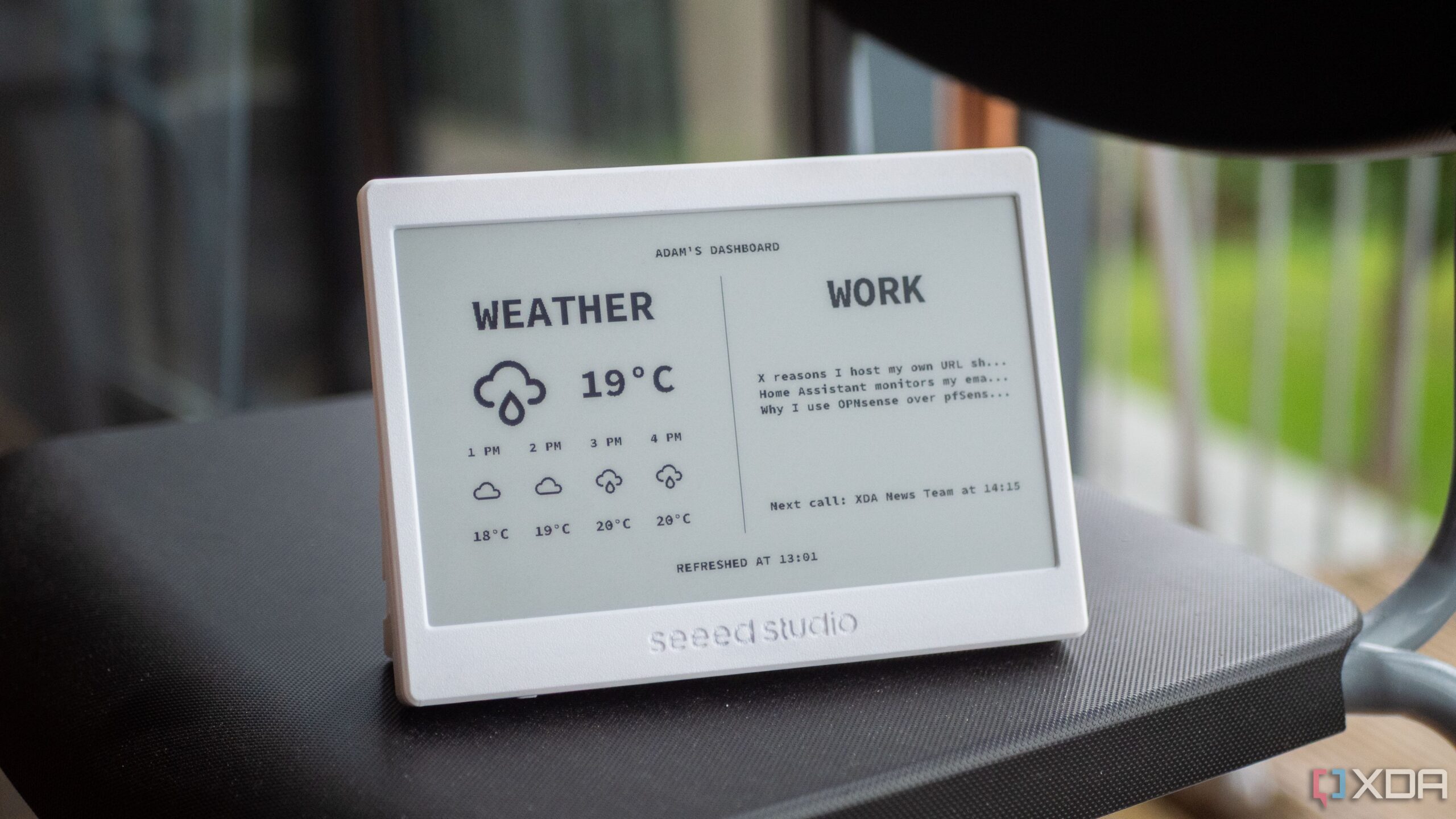I’ve been a smart home enthusiast for as long as I can remember. IoT devices have always piqued my interest, since connecting multiple devices to the network and controlling all of them remotely is extremely convenient. However, as I started to delve deeper into the world of smart home devices, I realized that it’s anything but convenient. My lightbulbs connect via a proprietary hub, the security cameras in my home office can only be controlled using the companion app, and my smart plugs connect to a Zigbee device. Owing to this, I have to juggle between multiple apps and services on my devices to control my smart home. An experience that’s far from ideal.
While I had almost given up, I chanced upon Home Assistant when starting my self-hosting journey. However, I was apprehensive at first, since I presumed that the process of migrating all my devices to it would be cumbersome. A few months later, though, I had some time on hand — so I decided to give it a shot. Safe to say that currently, all my smart home devices are linked to Home Assistant, and I don’t have to use a bunch of different apps to perform basic operations. Finally, I’ve achieved the smart home that works the way I always wanted it to. Here’s how you can do it too.
Why did I pick Home Assistant?
Solving issues with smart home devices
For those unaware, Home Assistant is a platform that you can host on your own hardware. As a result, there are no proprietary lock-ins that you find on most smart home gadgets. Even if you have a Philips bulb and a camera from Eufy, you can make them work together. The best part is that devices that run on different protocols can also function seamlessly together. Moreover, it runs locally, which means it’s fast and prioritizes privacy. The latter is invaluable if you have security cameras in sensitive areas.
If you’ve been using a smart home setup for a while, you’ve likely faced issues such as switching between multiple apps to control each device, the lack of practical automations, and the dependency on an internet connection. If my Wi-Fi were to go down, I couldn’t see who was at my door. Home Assistant solves all of these issues. It’s also entirely free, which makes it a no-brainer.
Setting up Home Assistant
Unified control is all I ever wanted
Those who haven’t dipped their toes into the world of self-hosting may wonder if the process of setting up Home Assistant is complex. However, it’s quite simple. You’ll first need to decide whether you want to run the platform on an SBC, such as a Raspberry Pi, a dedicated server, or an old PC that you no longer use. I would recommend using a Raspberry Pi if you have one lying around, since it’s efficient, and you can flash Home Assistant OS on a microSD card. That said, I’ve also tried installing Home Assistant on an old PC using Docker, and it works absolutely fine.
Post setup, you can access Home Assistant by heading to http://localhost:8123 in a web browser. Create an account and breeze through the process. Once you’re in the interface, Home Assistant will automatically start detecting all the compatible devices. You can connect to them and configure them using the Integrations menu. Once the devices have been added, you can create powerful automations that were previously impossible with multiple different apps. This can be done via Home Assistant’s built-in dashboard — Lovelace. You can create custom dashboards for each type of device, such as one for your lights and another for all the devices in your bedroom. This makes it easy to control all of them from a single location. I like that you can simply drag and drop devices onto the dashboard, making it easy for beginners to use the platform. You will certainly have to spend some time to familiarize yourself with the UI and all its features, but it’s worth it in the long run. For those wondering, Home Assistant is also available on the Play Store and App Store, so you can use it on your smartphones as well.
What are you waiting for?
Trust me on this — once you make the switch to Home Assistant, there’s no going back. The fact that you can control all your devices from one place, and they can all communicate with each other without any virtual barriers, is a blessing. You can turn the lights on in your house as soon as your door unlocks, or capture a photo from your security camera as soon as someone rings the doorbell — all without worrying whether your smart home devices are compatible with each other. So, if you’re venturing into the world of smart home devices, or you already have a bunch of them, it’s time to switch to Home Assistant right away.
